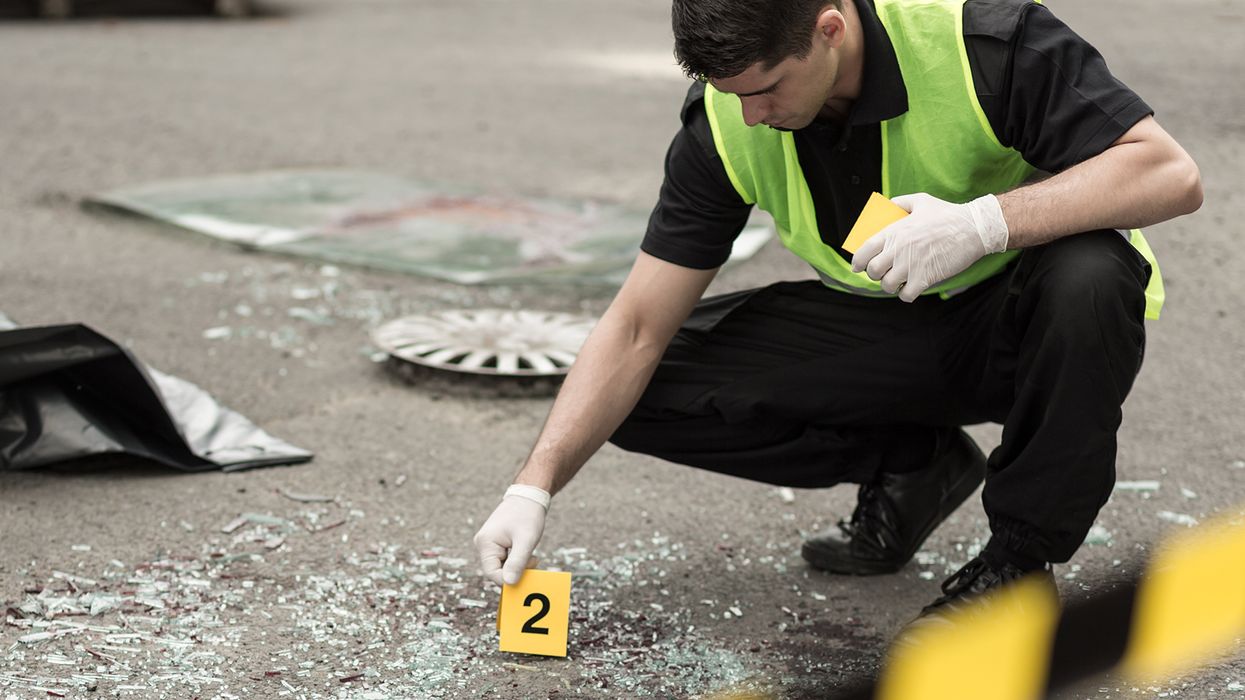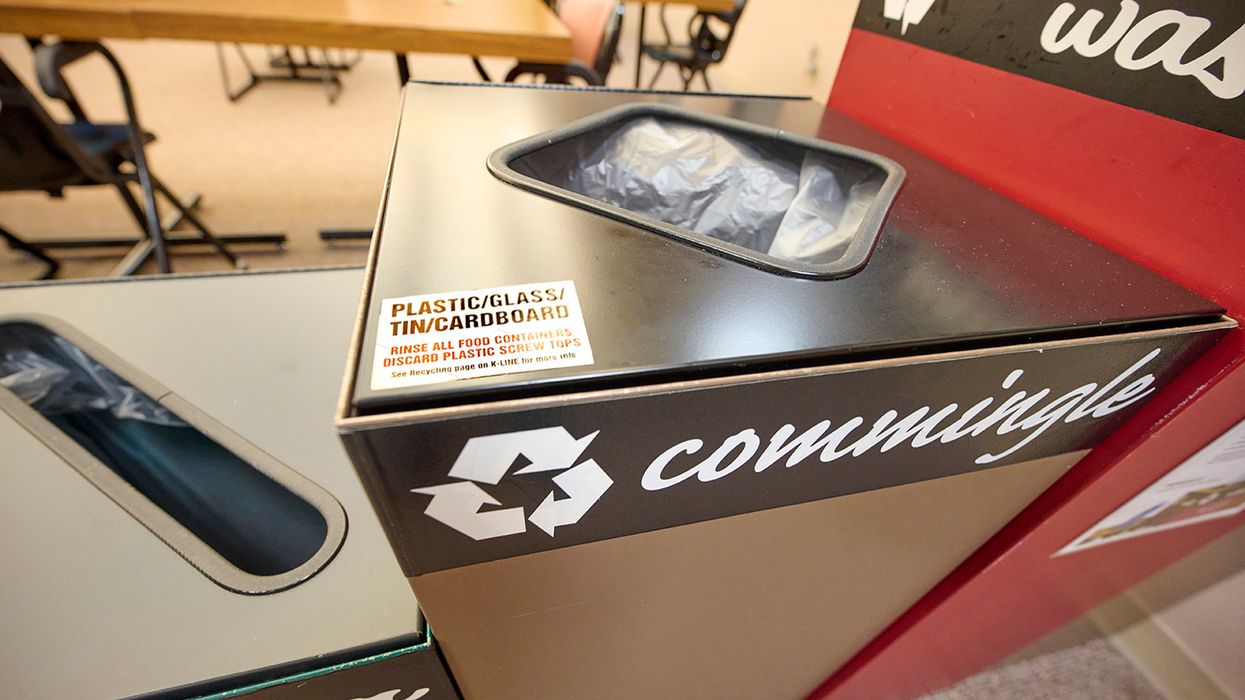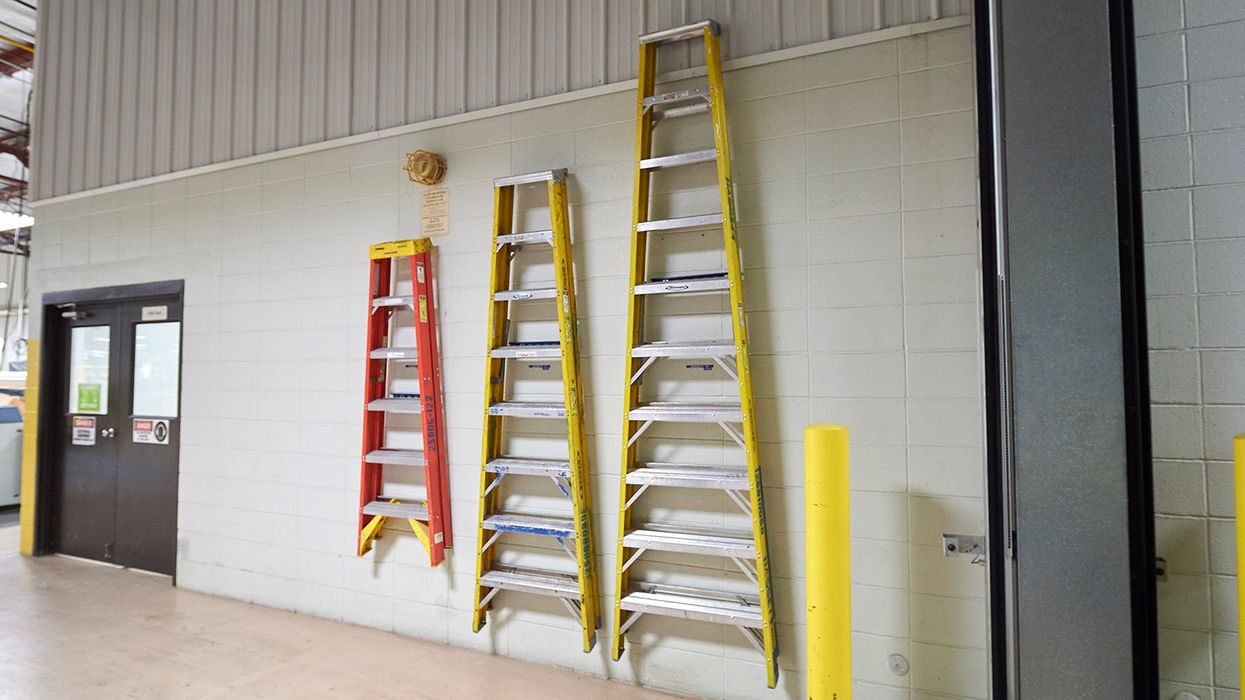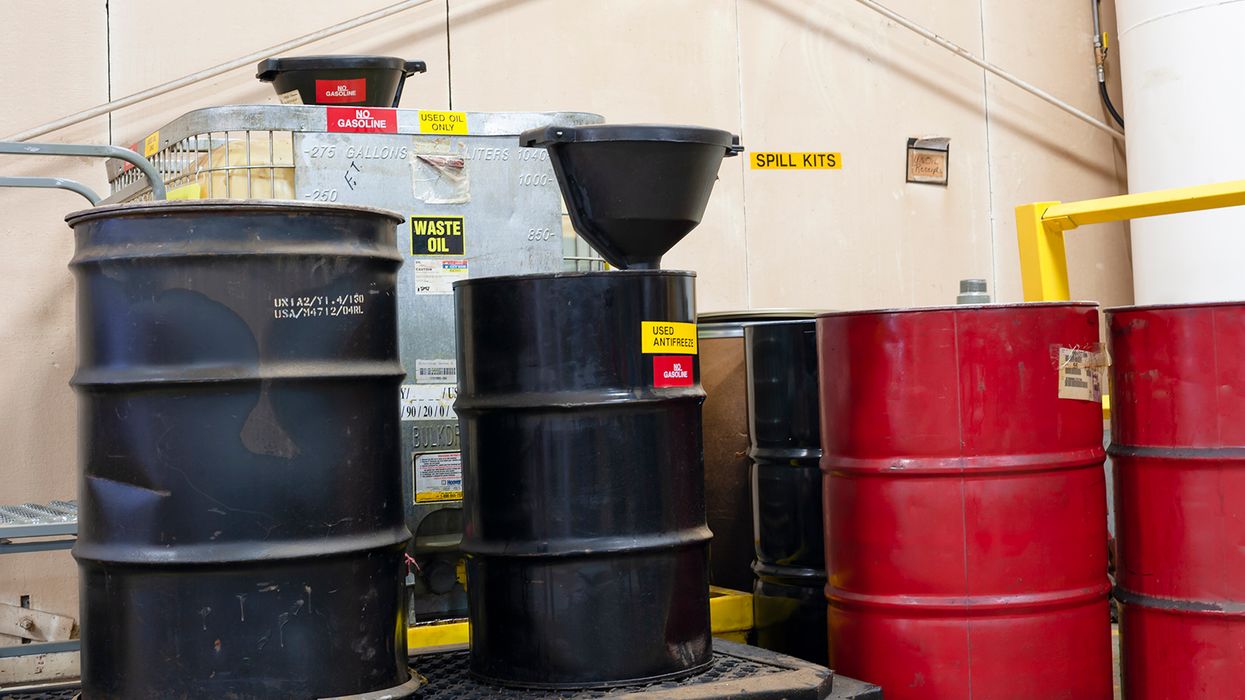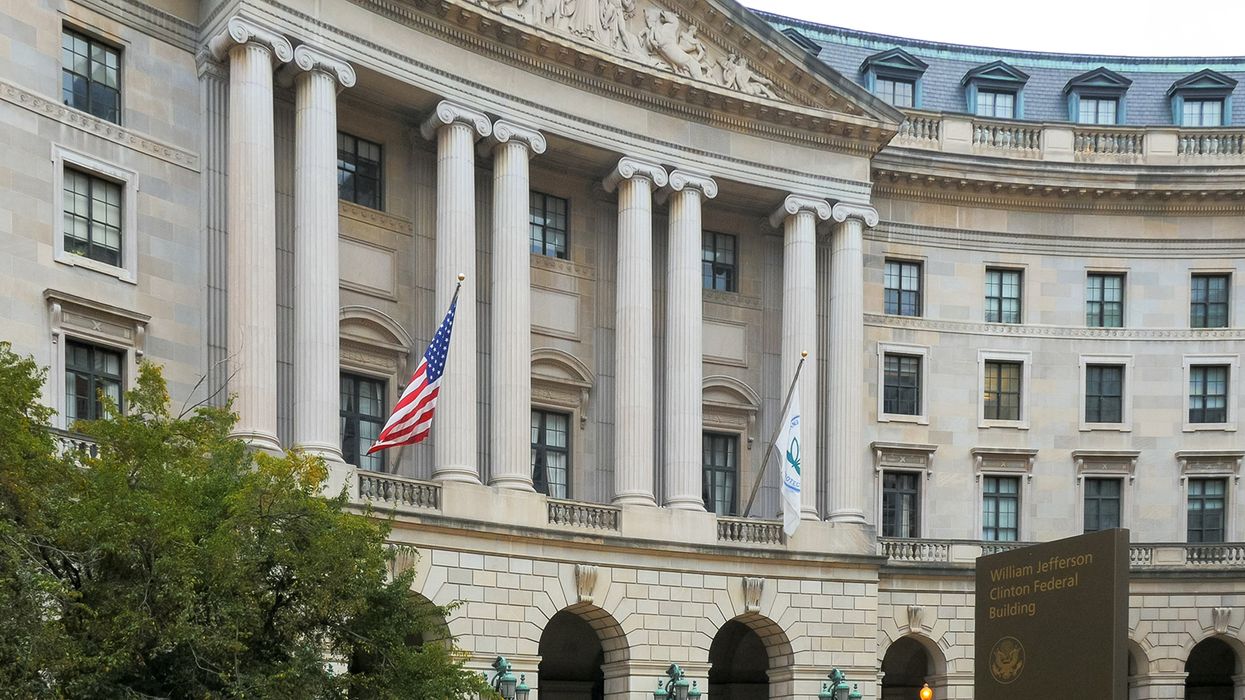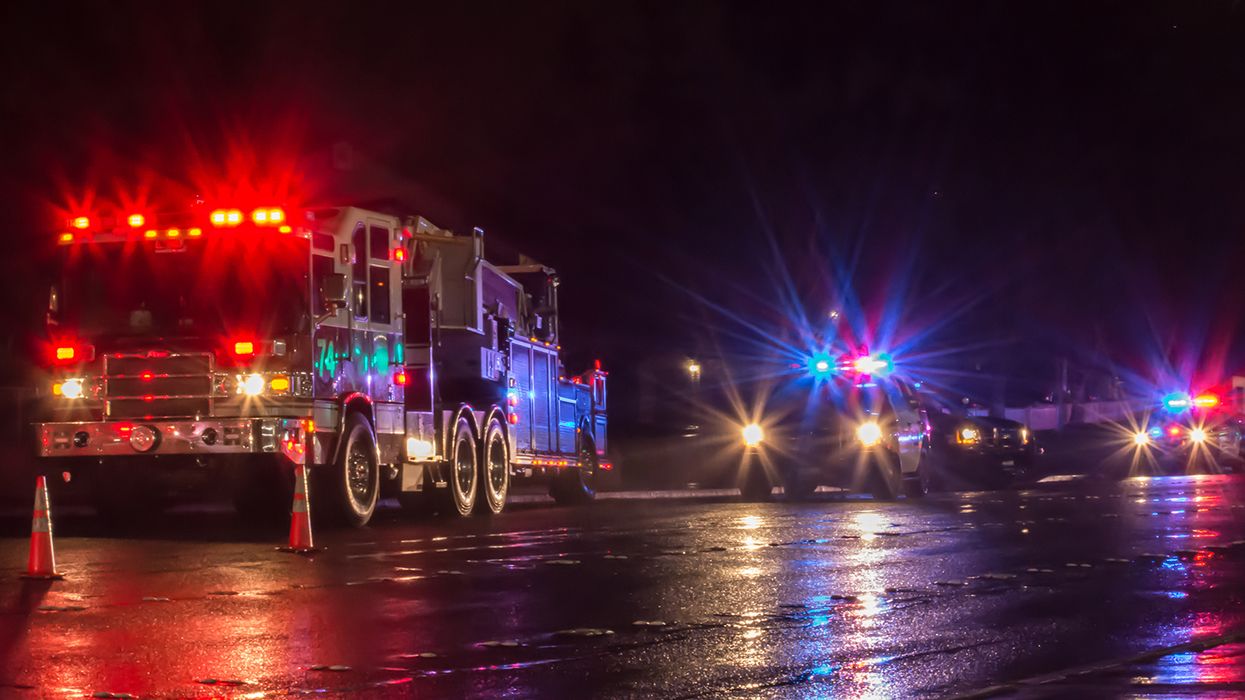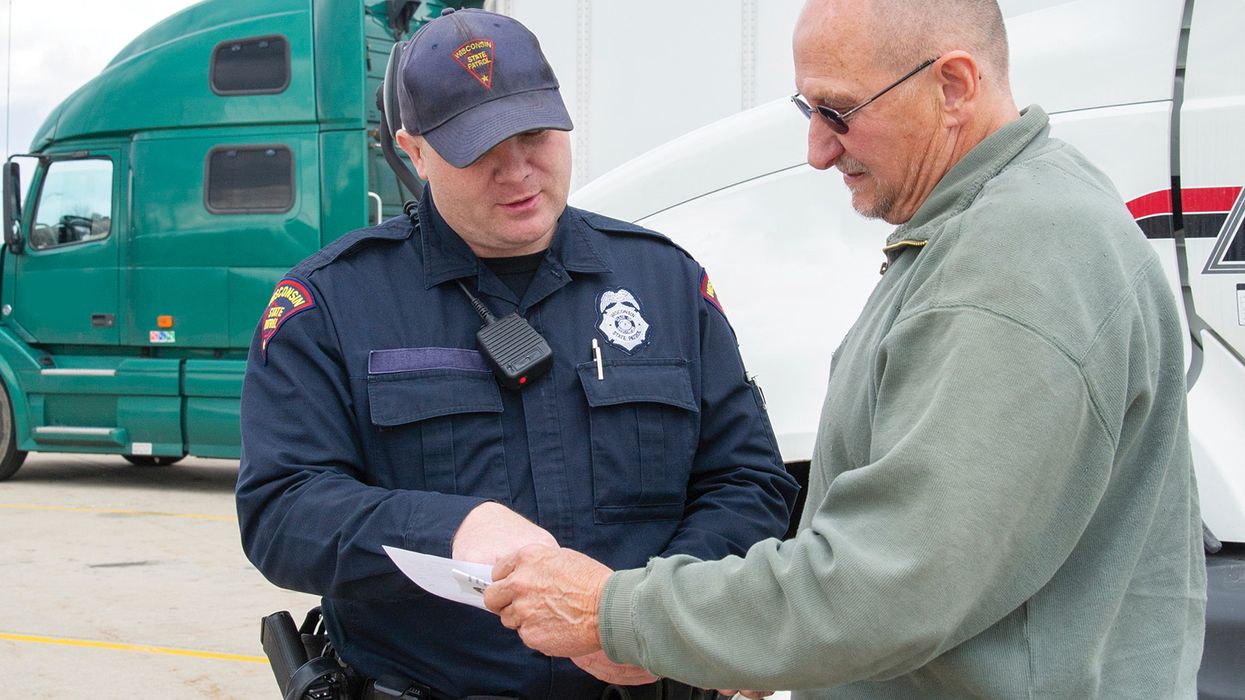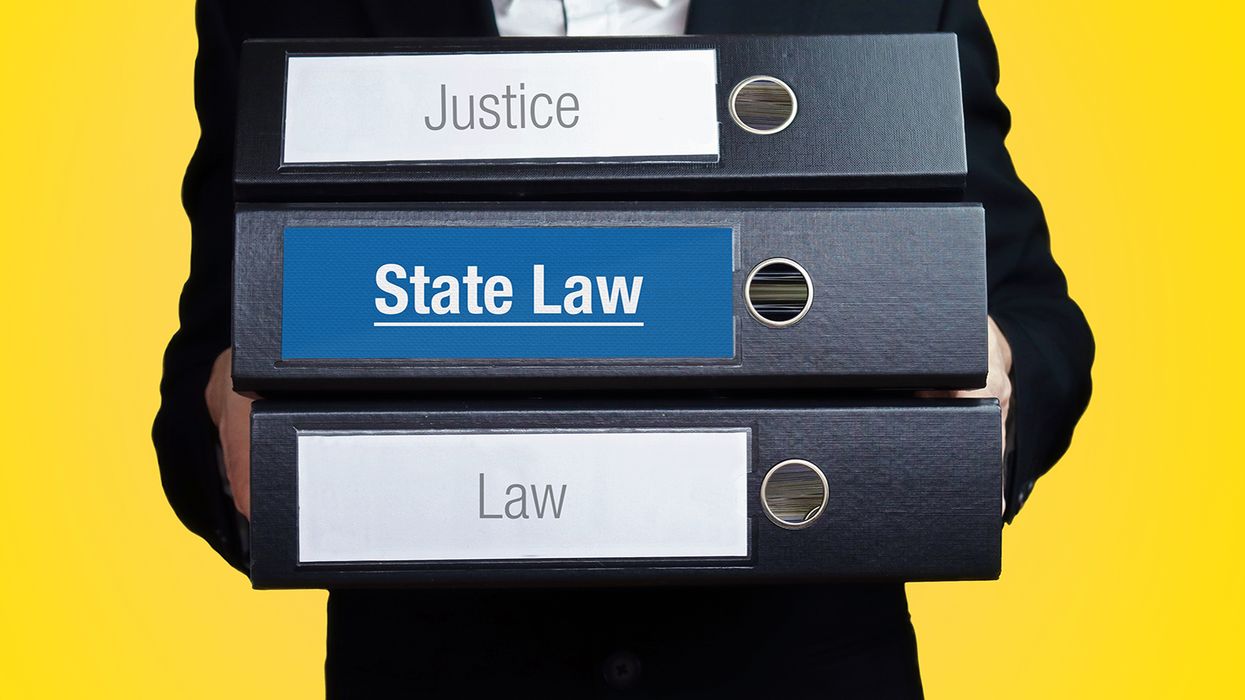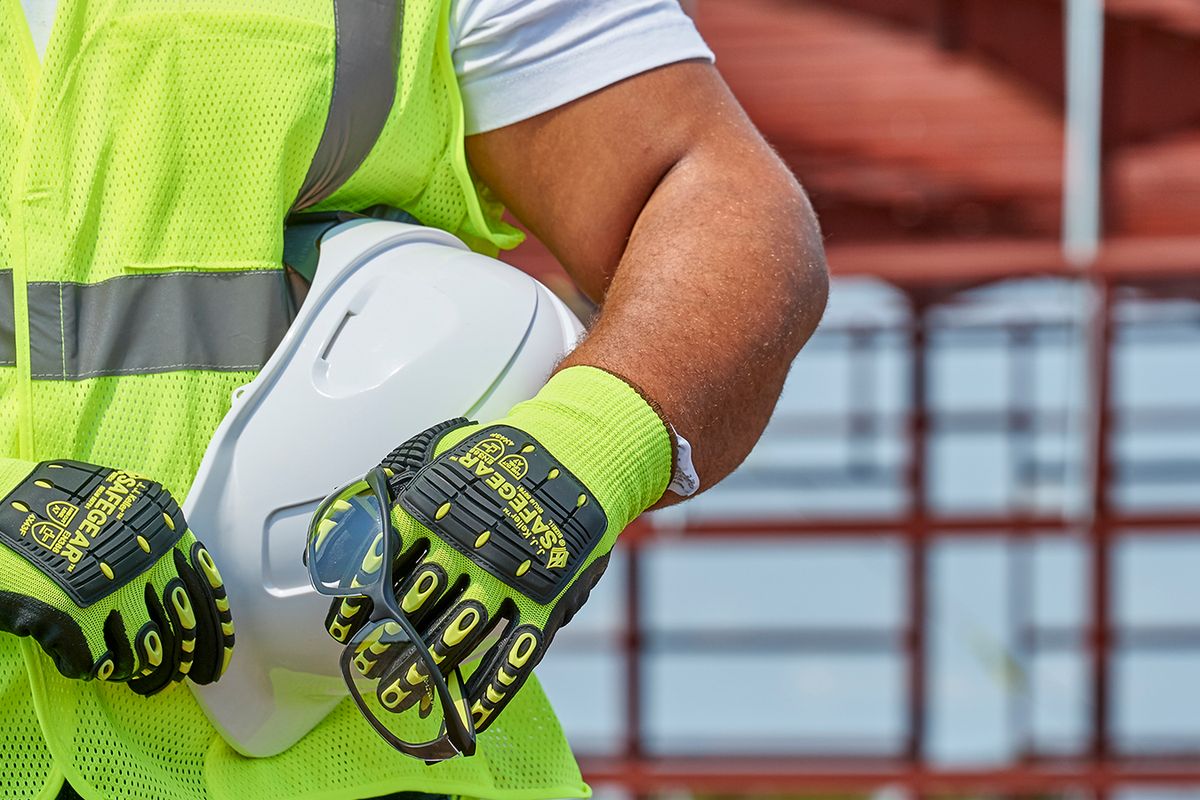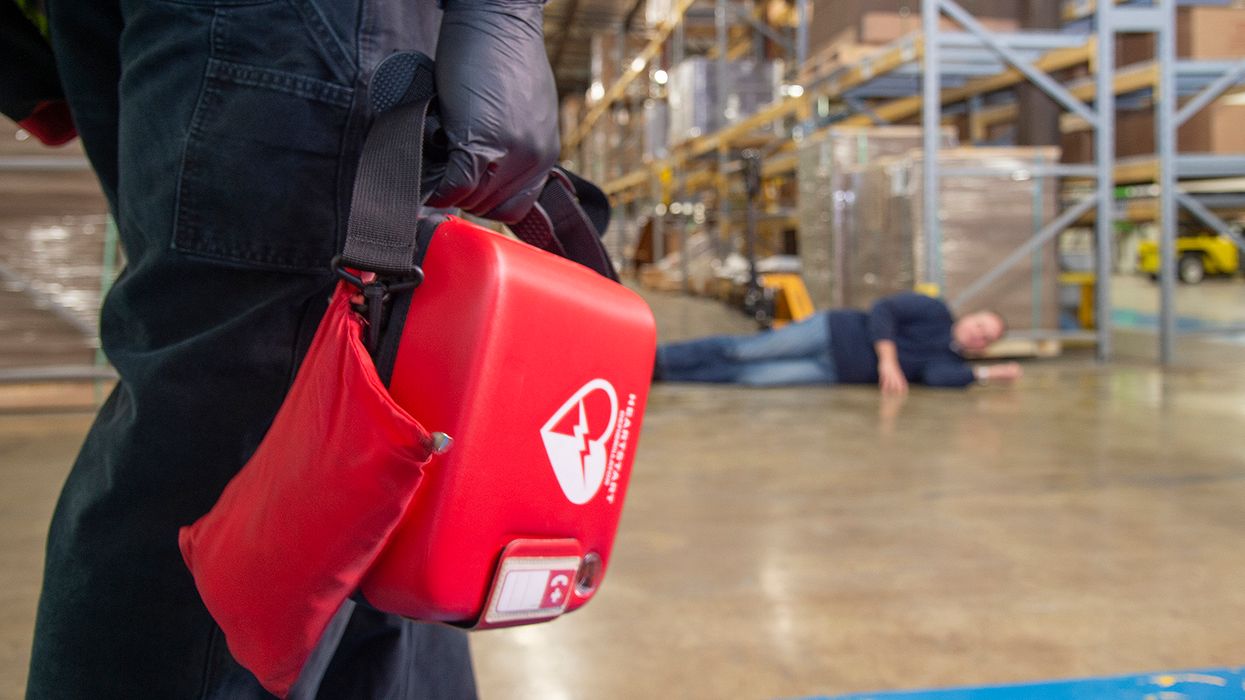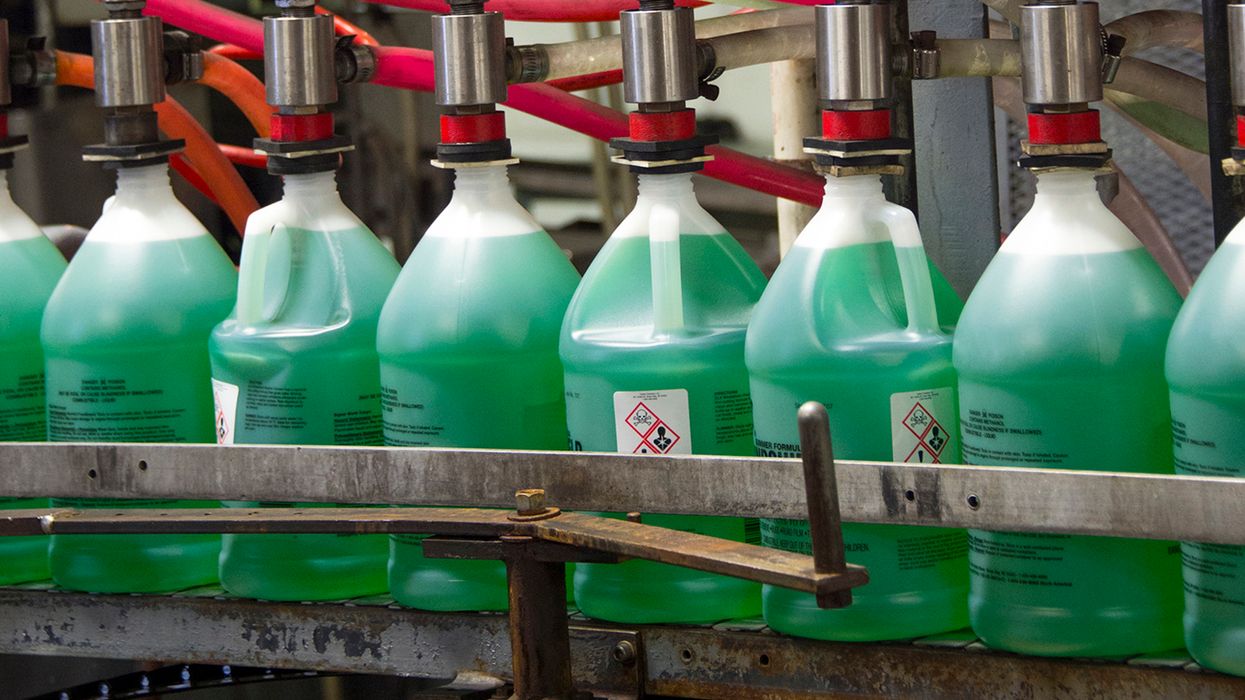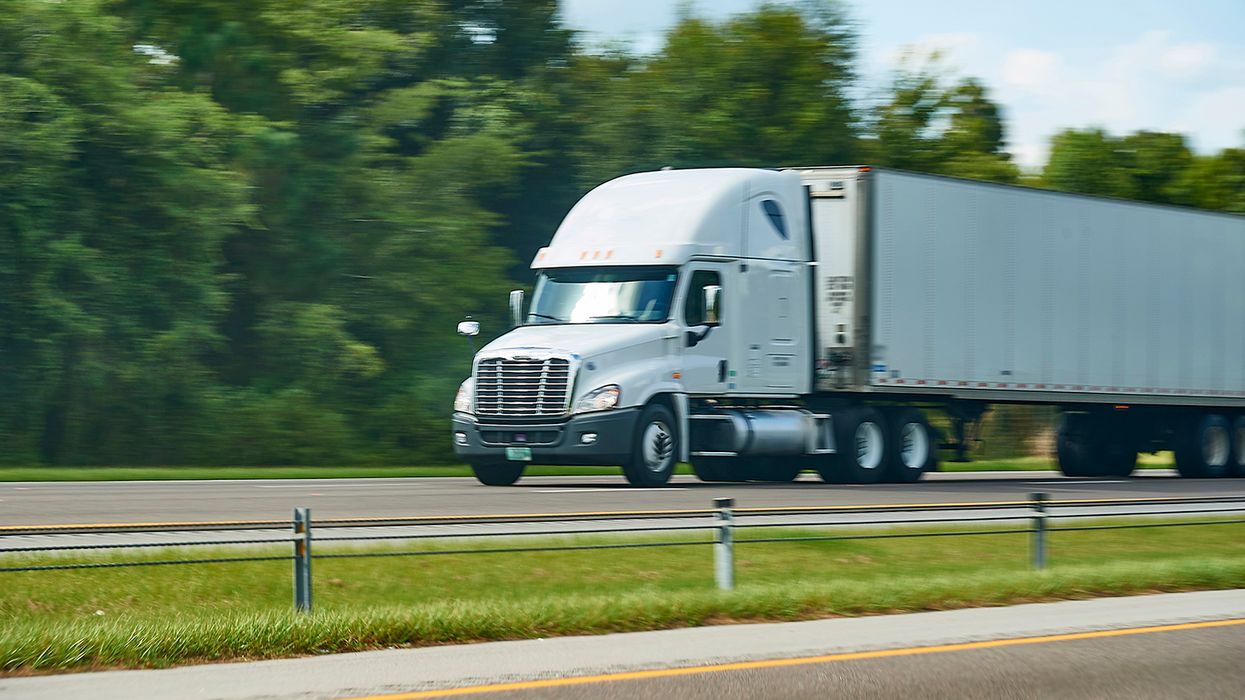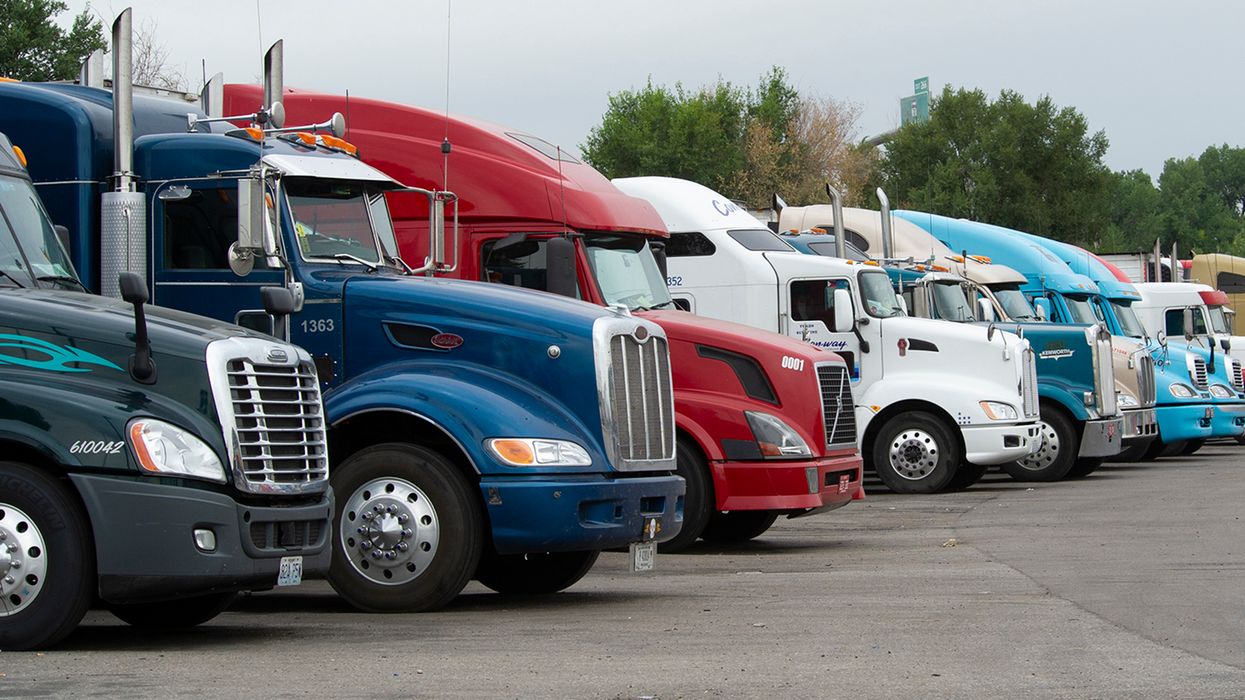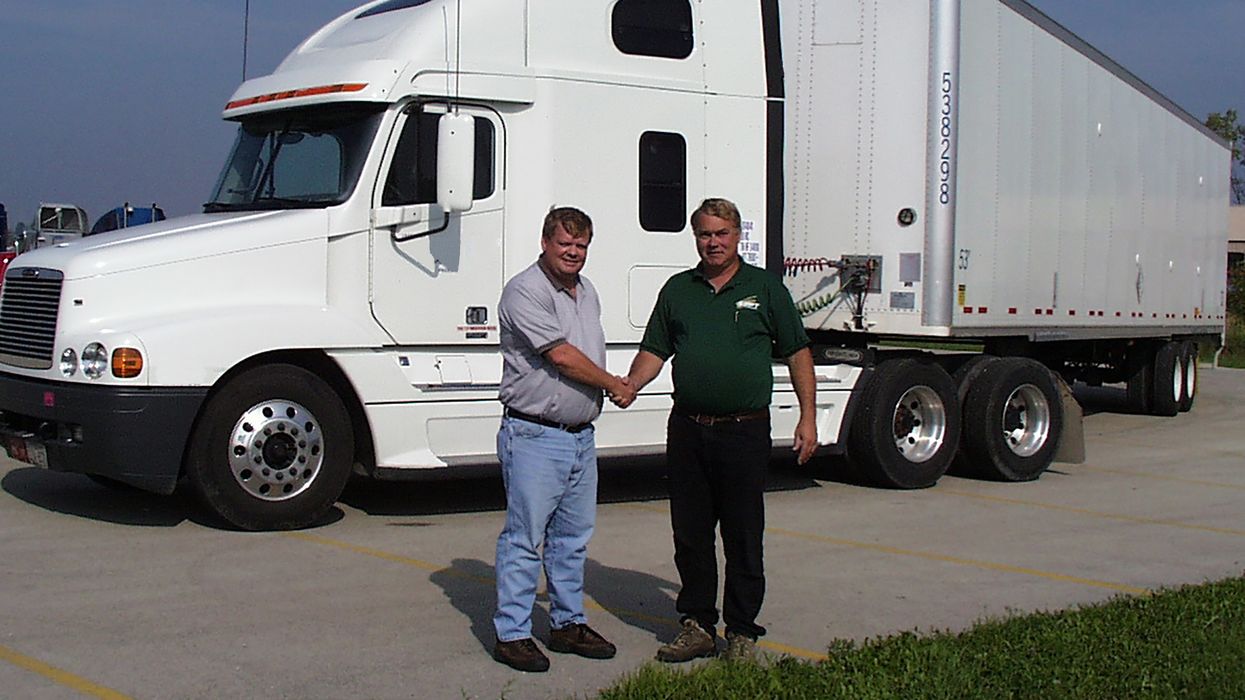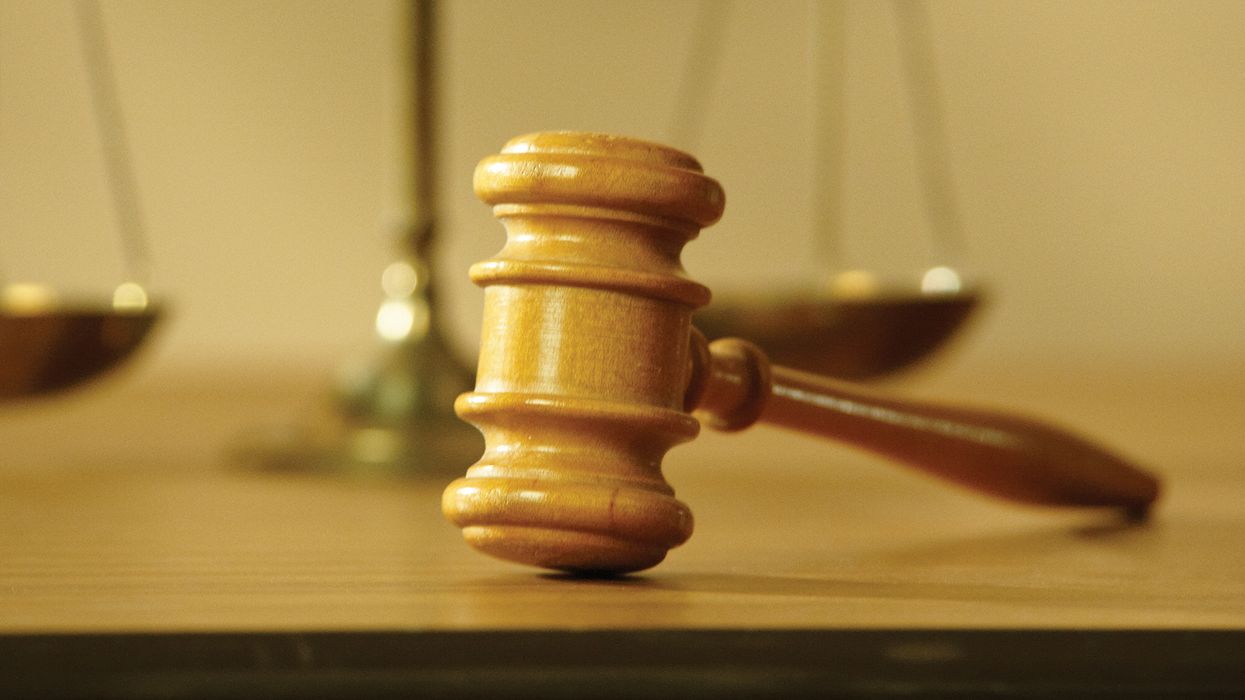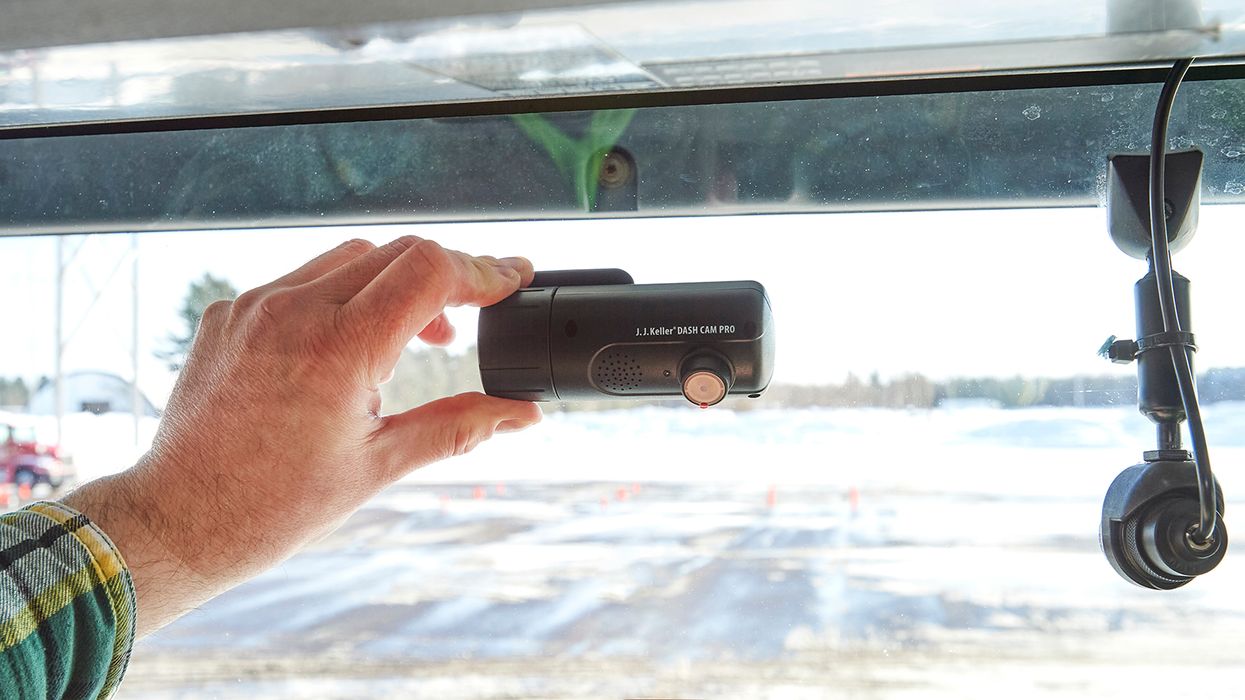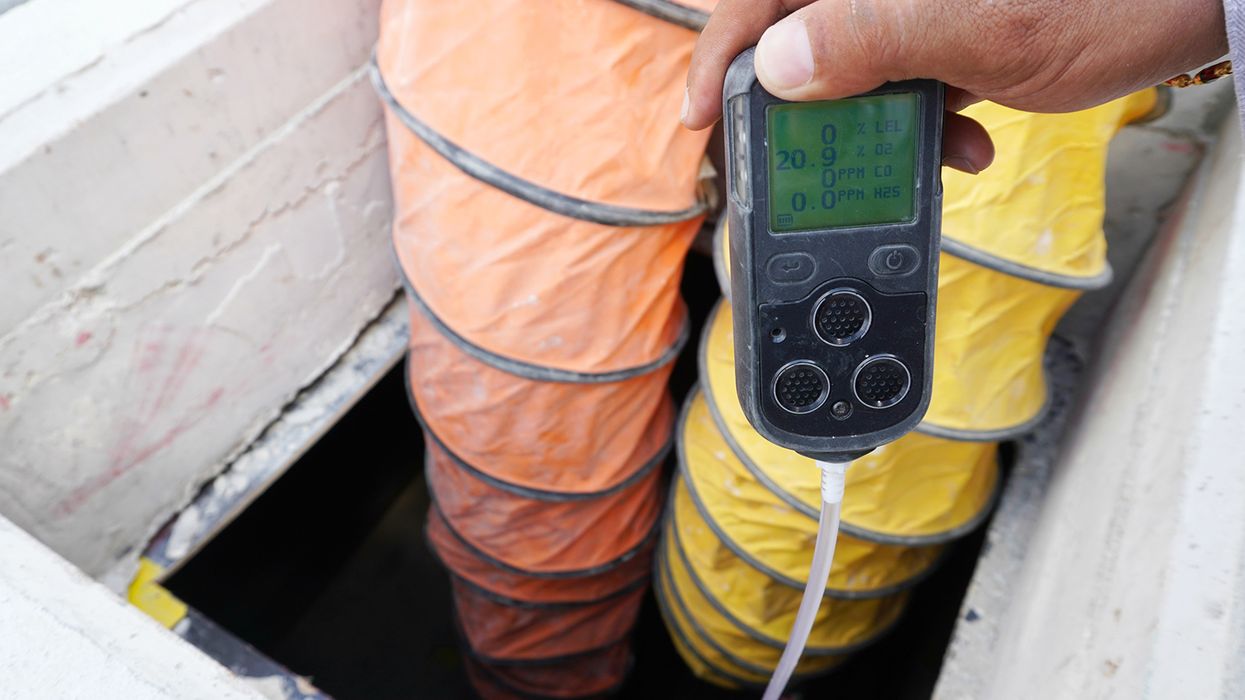Learn these determination terms to help reduce risk
Words used in accident determinations, such as citation, chargeable, fault, and preventable, can be confusing. Let’s take a closer look at these terms.
Citation
When the term citation is used after a crash, it means that the driver received a ticket or summons. To resolve it, the driver will need to go to court or pay a fine.
A citation for a moving violation related to the crash can indicate the driver receiving the citation is chargeable or at fault. It can also lead to the driver being required to undergo post-accident drug and alcohol testing if:
- The driver was driving a vehicle that required a CDL to operate, and
- There was an injury requiring immediate treatment away from the scene or any of the involved vehicles had to be towed due to disabling damage (note: a post-accident drug and alcohol test is required after every fatal crash, even if the driver did not receive a citation).
Chargeable and fault
Chargeable is closely tied to citations and fault. It is defined as a crash where your driver has exposed you to liability. In other words, your driver is the one that is likely at fault. Fault means that your driver’s action, or inaction, was the likely cause of the crash. Legal fault and the resulting liability are assigned by the officers investigating the crash or, in many cases, by a court.
Preventability
If an accident is preventable that means that your driver failed to do everything reasonable to prevent involvement in the crash. A crash being found preventable does not mean your driver is at fault. It means your driver was involved in a crash that could have been avoided.
An example would be an intersection crash involving another vehicle that ran a stop sign in front of your driver. The other party is clearly chargeable and at fault. However, if your driver had plenty of visibility to see the crash coming and to brake or steer out of the crash, but did not, then the crash would be preventable as far as your driver is concerned.
Preventability is only tied to chargeability and fault in one way. If the crash is chargeable and at-fault, the crash is going to be preventable as well.
Look at preventability when structuring countermeasures
These concepts come into play when you’re trying to come up with countermeasures based on past crashes. If a crash is deemed preventable, ask yourself the following questions:
- Is there a policy or operational practice that needs to be improved?
- Does the driver need retraining?
- Does training in general need to be improved?
- Is there an equipment improvement that could have prevented the crash?
Key to remember: By focusing on possible corrective actions related to your preventable crashes, rather than just the chargeable or at-fault crashes, you’re going to prevent many more crashes.

